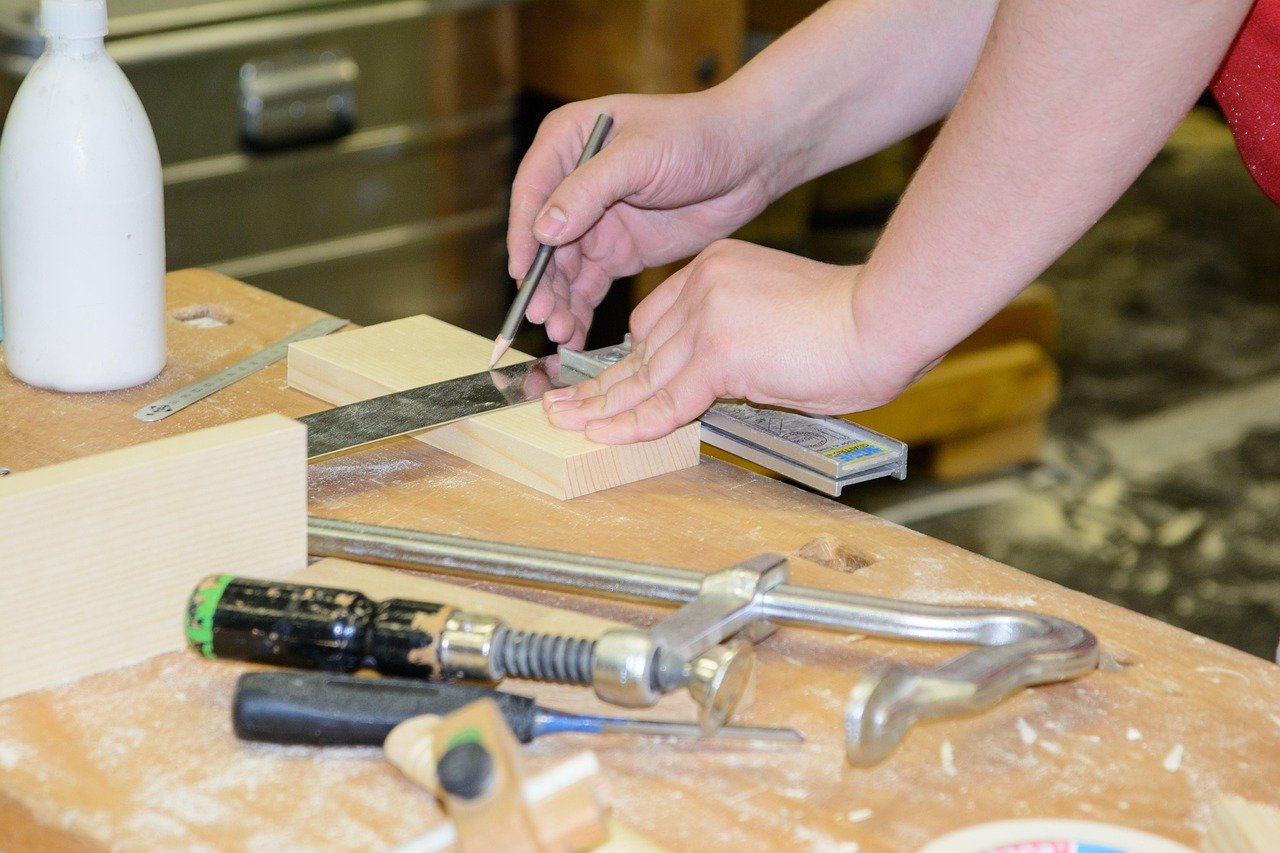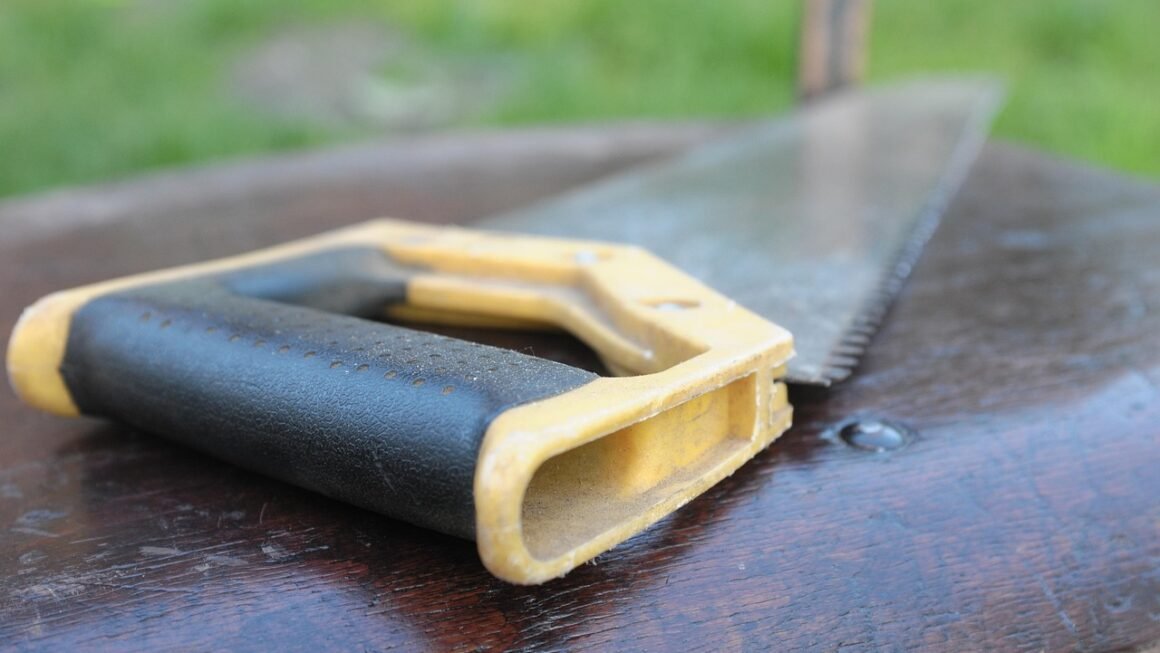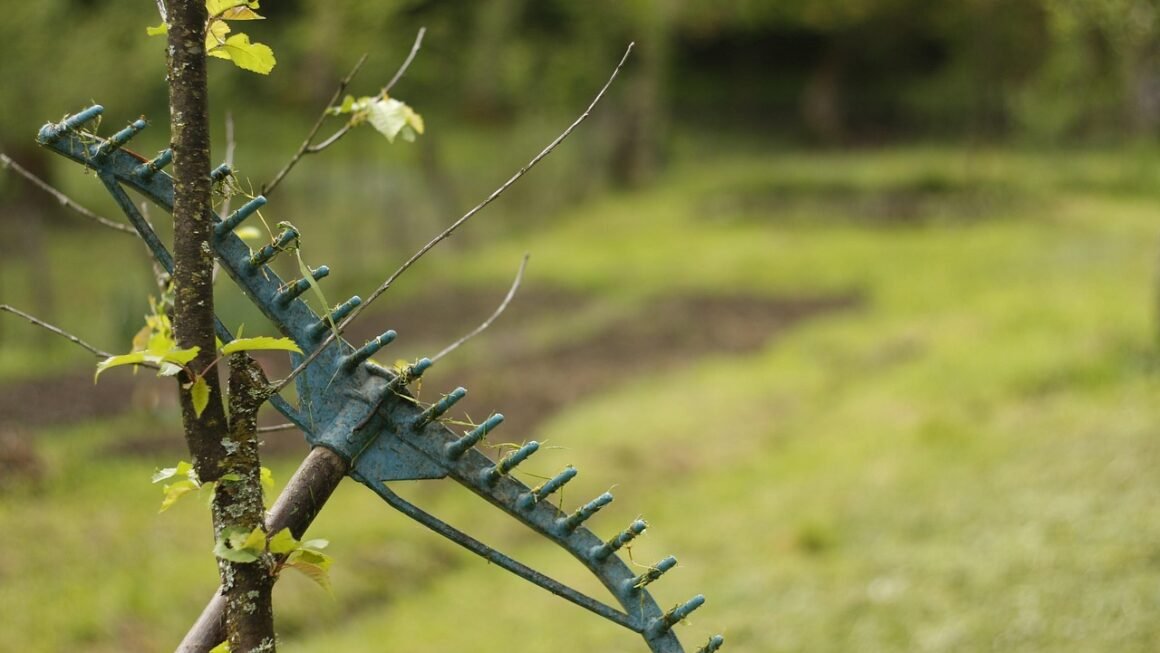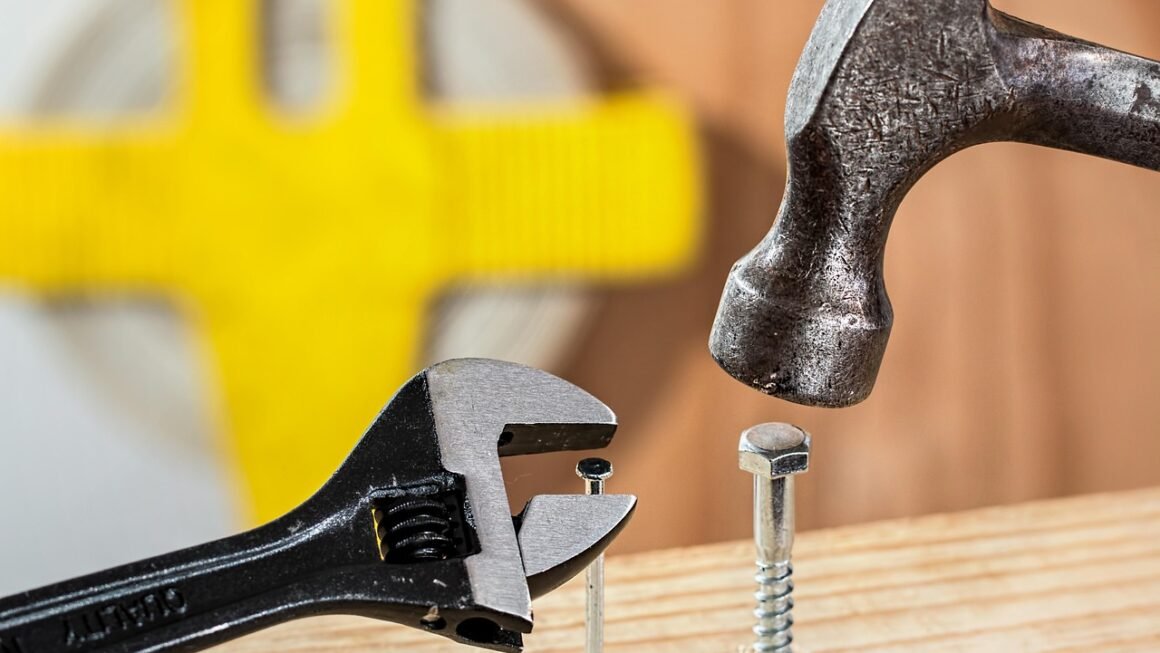From pruning thorny roses to planting seedlings, your hands are your most valuable tools in the garden. But without proper protection, they’re vulnerable to scratches, thorns, splinters, and harsh chemicals. Investing in the right pair of garden gloves is an investment in your comfort, safety, and ultimately, your gardening success. This guide will help you navigate the world of garden gloves and choose the perfect pair for your needs.
Understanding the Different Types of Garden Gloves
Choosing the right glove depends heavily on the tasks you’ll be performing. A delicate job like sowing seeds requires a different glove than tackling a blackberry bramble. Understanding the various types of garden gloves will help you narrow down your options.
Material Matters: A Breakdown of Common Glove Materials
- Leather: Known for its durability and puncture resistance, leather gloves are ideal for heavy-duty tasks like pruning, digging, and handling thorny plants. They offer excellent protection and can mold to your hands over time for a comfortable fit. However, they can be stiff initially and may not be suitable for wet conditions unless treated. Example: Goatskin leather gloves are soft and supple, offering good dexterity for intricate tasks, while cowhide is tougher and better suited for rough work.
- Synthetic Leather: A vegan alternative, synthetic leather offers good abrasion resistance and grip. Many synthetic leather gloves are also machine washable. Example: Gloves made from polyurethane (PU) offer good flexibility and water resistance.
- Cotton: Lightweight and breathable, cotton gloves are best for light tasks like weeding and planting seedlings. They’re inexpensive but offer minimal protection against thorns, chemicals, and moisture. They are often used as liners inside other gloves for added comfort.
- Rubber/Latex/Nitrile: These gloves provide excellent water resistance and protection against chemicals and fertilizers. They are ideal for tasks involving wet soil or handling potentially harmful substances. However, latex can cause allergic reactions in some individuals, so nitrile is often a preferred alternative. Example: Nitrile gloves are commonly used for mixing fertilizers and pesticides.
- Specialty Materials: Some gloves incorporate unique materials like bamboo for moisture wicking or reinforced fingertips for added durability.
Cuff Styles: Protecting Your Wrists and Forearms
The cuff of your glove is crucial for preventing dirt and debris from entering. Different cuff styles offer varying levels of protection.
- Gauntlet Cuffs: Extended cuffs that reach up the forearm, providing maximum protection against thorns, branches, and insects. These are ideal for pruning roses or working in areas with stinging nettles.
- Knit Wrist Cuffs: Snug-fitting cuffs that help keep dirt out while allowing for greater flexibility. They are a good all-around choice for general gardening tasks.
- Elastic Cuffs: Offer a secure fit but may wear out over time. They are commonly found on less expensive gloves.
- No Cuff: Some gloves have no cuff, offering maximum breathability and flexibility. These are best suited for light tasks where protection isn’t a primary concern.
Features to Look for in Garden Gloves
Beyond the basic materials and cuff styles, several features can enhance the performance and comfort of your garden gloves.
Enhanced Grip: Preventing Slips and Improving Control
- Textured Palms and Fingers: Rubber or silicone coatings on the palms and fingers provide a secure grip, even in wet conditions. This is essential for tasks like handling tools or transplanting seedlings. Example: Look for gloves with raised dots or textured patterns on the palm for enhanced grip.
- Reinforced Fingertips: Reinforced fingertips provide extra protection against wear and tear, especially in areas that experience the most abrasion.
- Padded Palms: Padding in the palms can reduce hand fatigue during prolonged gardening sessions, especially when using tools like shovels or trowels.
Fit and Comfort: Ensuring a Comfortable Gardening Experience
- Proper Sizing: Gloves that are too large can be cumbersome and reduce dexterity, while gloves that are too small can be uncomfortable and restrict movement. Refer to the manufacturer’s sizing chart to find the right fit.
- Breathability: Breathable materials like cotton or mesh panels can help prevent sweaty hands and improve comfort, especially in warm weather.
- Flexibility: Gloves should allow for a full range of motion without feeling stiff or restrictive. Leather gloves will become more flexible over time as they break in.
- Adjustable Wrist Straps: Adjustable wrist straps can help customize the fit and keep gloves securely in place.
Specialized Features: Addressing Specific Gardening Needs
- Touchscreen Compatibility: Some gloves feature touchscreen-compatible fingertips, allowing you to use your smartphone or tablet without removing your gloves.
- UV Protection: Gloves made from UV-resistant materials can help protect your hands from sun damage.
- Waterproof Liners: Gloves with waterproof liners provide extra protection against moisture and are ideal for working in wet conditions.
Choosing the Right Gloves for Specific Tasks
Matching your gloves to the task at hand is crucial for safety, comfort, and efficiency.
General Gardening: All-Purpose Versatility
For general gardening tasks like weeding, planting, and light pruning, look for gloves that offer a good balance of protection, comfort, and dexterity.
- Recommended Materials: Synthetic leather, cotton-lined leather, or nitrile-coated gloves.
- Features: Knit wrist cuffs, textured palms, and breathable materials.
Pruning and Thorny Plants: Protection Against Punctures
When pruning roses, handling thorny bushes, or dealing with other prickly plants, you need gloves that offer maximum puncture resistance.
- Recommended Materials: Leather (goatskin or cowhide) or synthetic leather with reinforced palms and fingertips.
- Features: Gauntlet cuffs, thick material, and reinforced seams. Example: Rose gauntlets that extend to the elbow offer comprehensive protection.
Working with Chemicals: Protecting Against Irritants
When handling fertilizers, pesticides, or other garden chemicals, you need gloves that provide a barrier against these potentially harmful substances.
- Recommended Materials: Nitrile or rubber gloves that are chemical-resistant.
- Features: Long cuffs, waterproof lining, and a secure fit to prevent chemicals from seeping in.
Digging and Heavy Lifting: Durability and Grip
For tasks that involve digging, shoveling, and lifting heavy objects, you need gloves that offer durability, grip, and cushioning.
- Recommended Materials: Leather or synthetic leather with reinforced palms and fingertips.
- Features: Padded palms, textured grip, and gauntlet cuffs.
Caring for Your Garden Gloves: Extending Their Lifespan
Proper care can significantly extend the lifespan of your garden gloves.
Cleaning and Storage: Keeping Your Gloves in Top Condition
- Cleaning: Clean your gloves regularly to remove dirt, debris, and chemicals. Leather gloves should be cleaned with a leather cleaner and conditioner. Synthetic leather and nitrile gloves can usually be machine washed. Cotton gloves can be hand washed or machine washed.
- Drying: Allow your gloves to air dry completely before storing them. Avoid using a dryer, as this can damage the materials.
- Storage: Store your gloves in a cool, dry place away from direct sunlight. This will prevent them from becoming brittle or mildewed.
Repairing and Replacing: Knowing When to Say Goodbye
- Repairing: Minor tears or holes can often be repaired with a needle and thread or a leather patch.
- Replacing: If your gloves are heavily damaged, worn out, or no longer provide adequate protection, it’s time to replace them.
Conclusion
Choosing the right garden gloves is essential for protecting your hands, improving your gardening efficiency, and making your time in the garden more enjoyable. By understanding the different types of gloves, features to look for, and how to care for your gloves, you can make an informed decision and invest in a pair (or several!) that will serve you well for years to come. Consider the tasks you perform most often and prioritize the features that are most important to you. Happy gardening!




